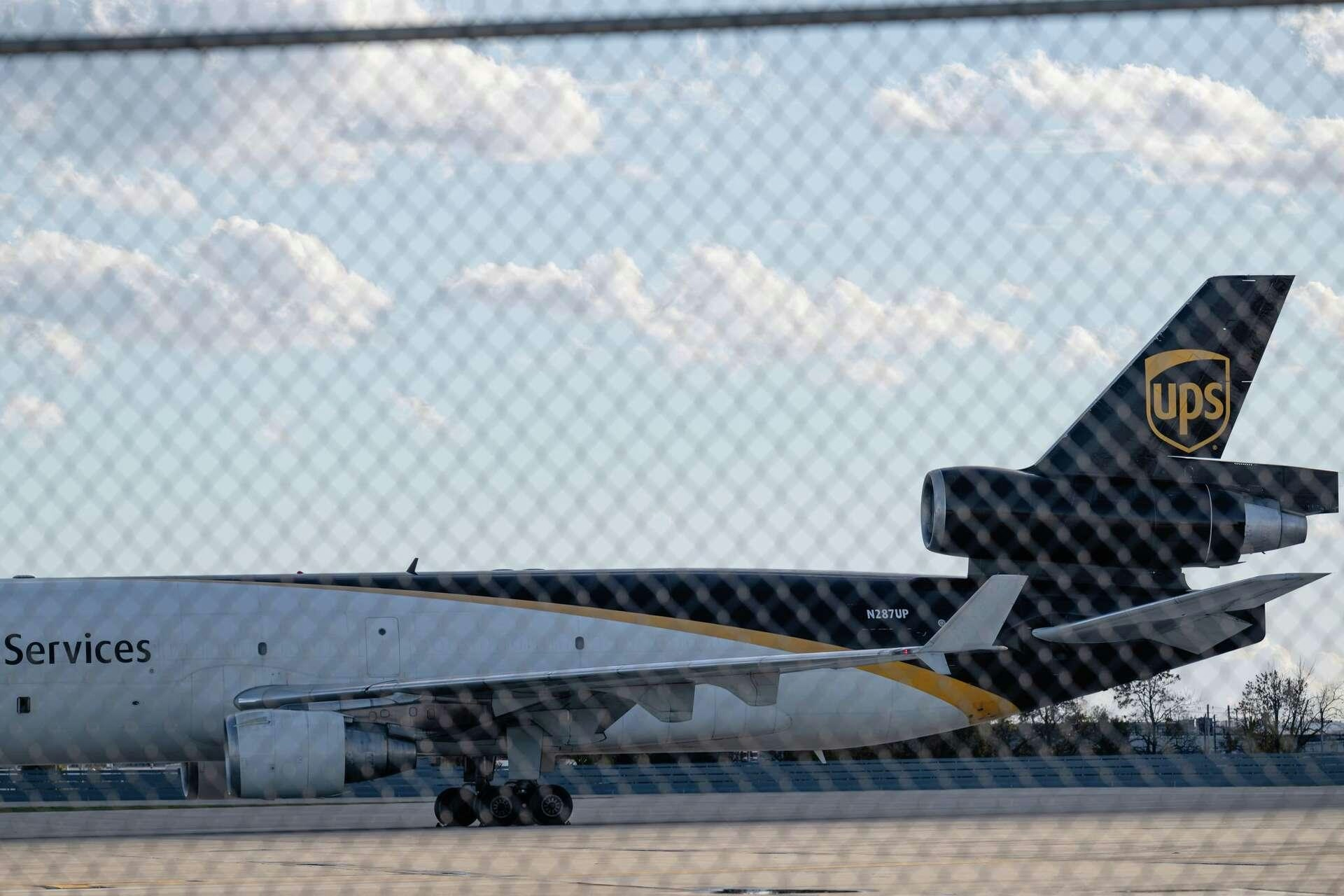
AeroGenie — Votre copilote intelligent.
Tendances
Categories
ZeroAvia Partners with HAV to Develop Hydrogen-Powered Airlander 10
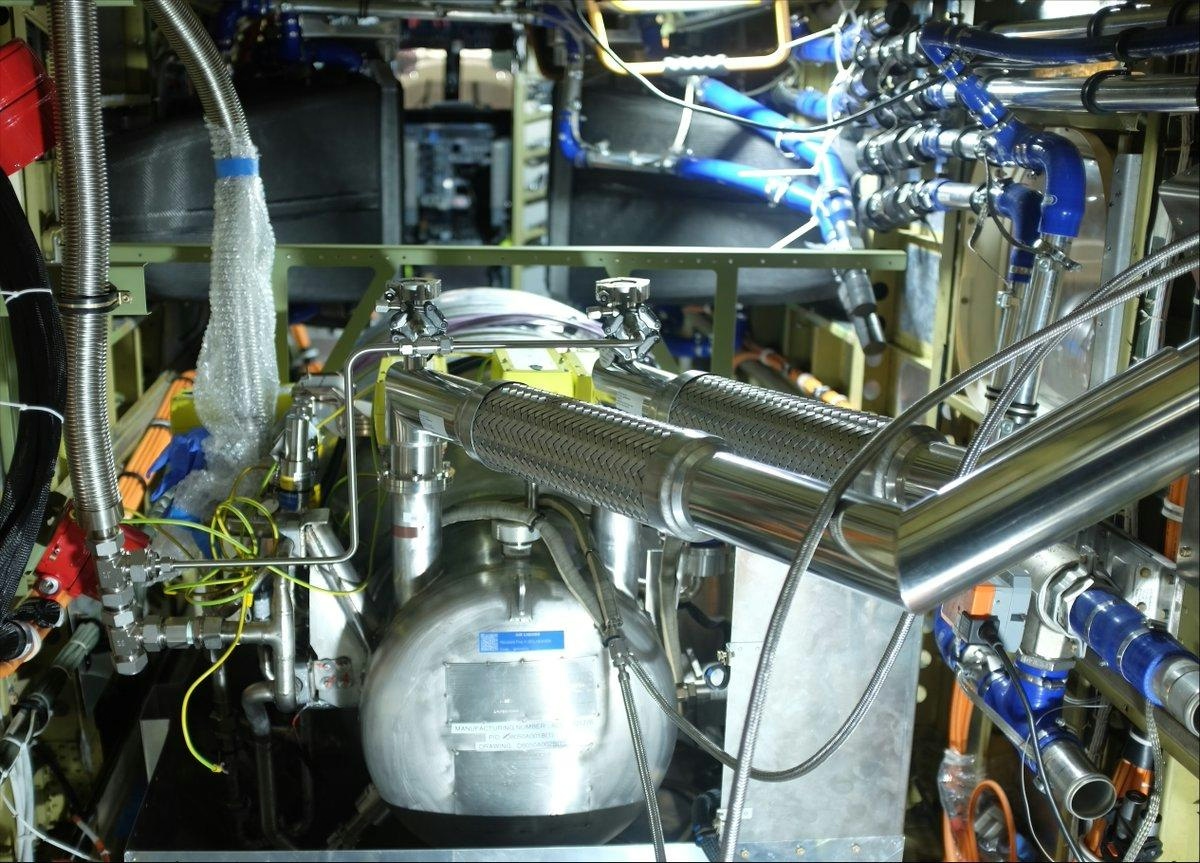
ZeroAvia and HAV Collaborate to Advance Hydrogen-Powered Airlander 10
UK-based aerospace innovators ZeroAvia and Hybrid Air Vehicles (HAV) have formalized a partnership through a Memorandum of Understanding to develop a hydrogen-electric version of HAV’s Airlander 10. Announced on November 10, the collaboration seeks to integrate ZeroAvia’s hydrogen-electric propulsion technology into the Airlander 10 platform, while also exploring its potential application in larger future aircraft developed by HAV. The agreement includes a joint assessment of the operational requirements for hydrogen fuel infrastructure necessary to support these advancements.
This partnership represents a significant milestone in the pursuit of hydrogen-powered aviation, uniting two prominent players in the sustainable flight sector. By leveraging their combined expertise, ZeroAvia and HAV aim to accelerate the development of their respective projects and unlock new synergies that could transform the future of zero-emission air travel.
The Airlander 10 and Hydrogen Propulsion
The Airlander 10 is a hybrid aircraft that uniquely combines aerostatic lift, aerodynamic lift, and vectored thrust, effectively merging characteristics of fixed-wing airplanes and airships. Designed to carry payloads of up to 10 tonnes (22,046 lbs) over distances reaching 4,000 nautical miles (7,408 km), the aircraft is intended for diverse applications including travel and tourism, logistics, regional mobility, and communications.
Currently, the Airlander 10 is powered by four diesel engines, which HAV asserts can reduce emissions by up to 90% compared to conventional aircraft of similar capacity. However, the integration of ZeroAvia’s hydrogen-electric propulsion system is expected to enable fully zero-emission in-flight operations capable of carrying over 100 passengers, while also offering the potential for reduced maintenance costs.
ZeroAvia’s first-generation 600kW hydrogen-electric powertrain, the ZA600, has already achieved several regulatory milestones with both the Federal Aviation Administration (FAA) and the UK Civil Aviation Authority (CAA). The company is actively conducting flight tests of the ZA600 on a 19-seat Dornier 228-200 testbed at Kemble (Cotswold) Airport in the UK. Multiple airlines are currently evaluating the ZA600 for deployment in small and medium-sized turboprop aircraft, aiming to reduce operating costs and environmental impact.
HAV highlights that the Airlander’s spacious hull provides ample room for hydrogen storage, making it an ideal platform for early adoption of certified hydrogen technologies. These include hydrogen storage systems, low-temperature fuel cell power generation, and advanced electric propulsion technologies, all of which are approaching market readiness. This partnership builds upon HAV’s prior research into electric propulsion for the Airlander.
Challenges and Industry Outlook
Despite the promising potential of hydrogen-powered aviation, the sector faces considerable challenges. High development costs, technological complexity, and stringent regulatory requirements across both civil aviation and defense sectors present significant obstacles. Furthermore, established industry players may respond with skepticism or accelerate their own research into alternative sustainable propulsion systems to maintain competitive advantage. The novelty of hydrogen propulsion and the need for new fueling infrastructure could also slow market adoption.
Tom Grundy, CEO of Hybrid Air Vehicles, emphasized ZeroAvia’s leadership in hydrogen-electric propulsion development, noting, “ZeroAvia has led the development of hydrogen-electric propulsion systems and made impressive progress commercially, technically, and with regulators. Our intention has always been to offer our customers a fully zero-emission variant of Airlander.”
As this partnership progresses, the aviation industry will be closely monitoring whether hydrogen-powered flight can surmount these challenges and fulfill its promise of cleaner, more efficient air travel.
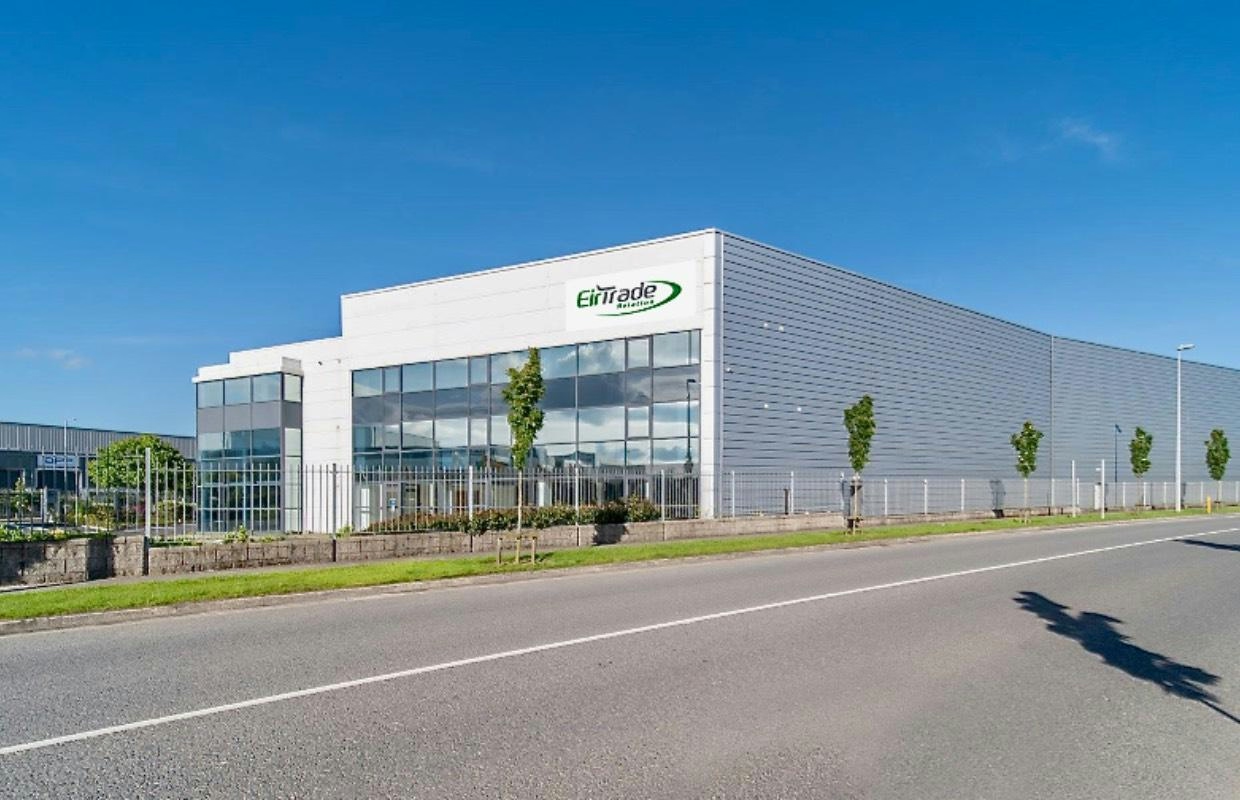
EirTrade Expands Operations at Knock with New A330 Services
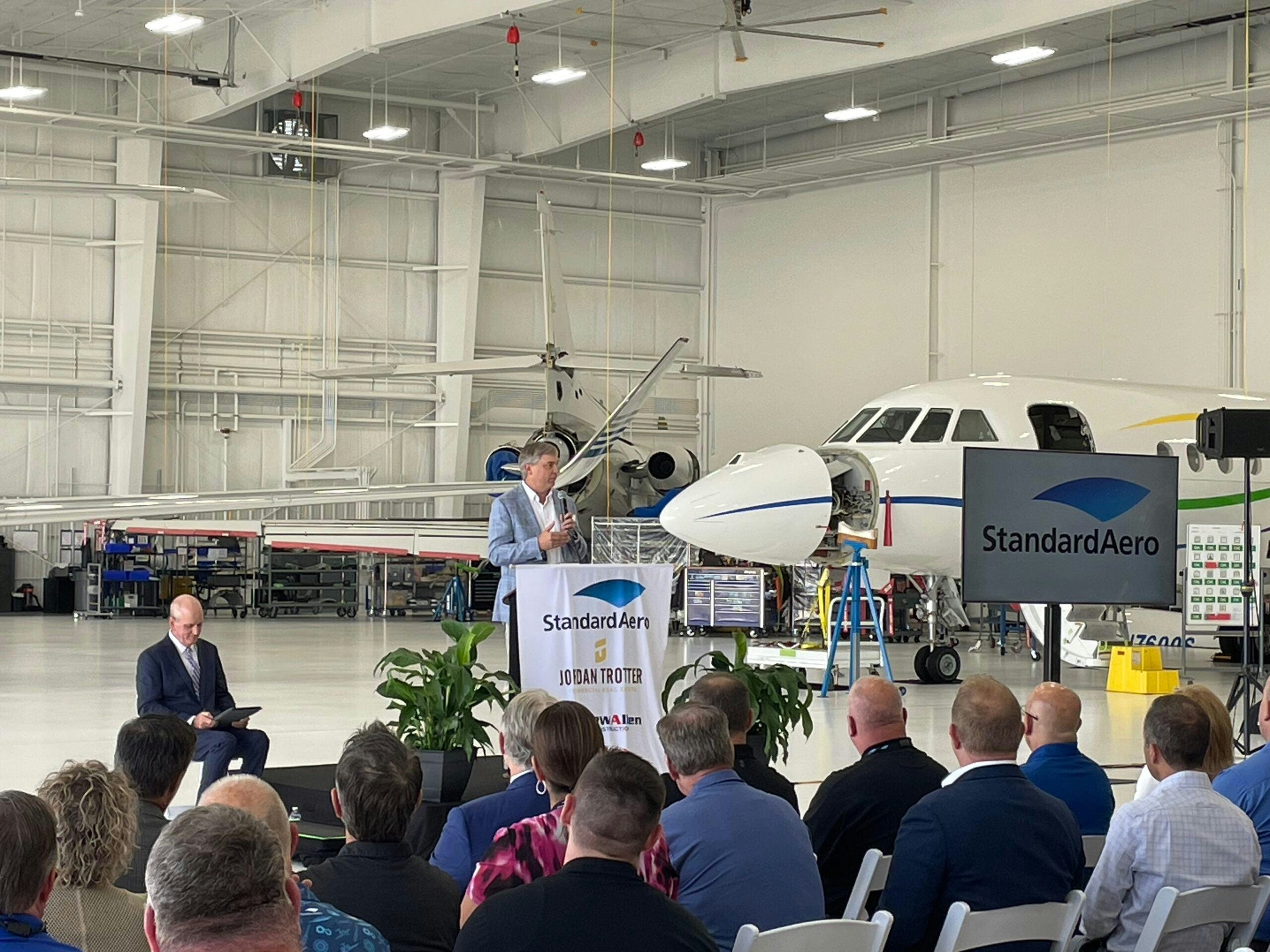
StandardAero Expands Facility in Winnipeg
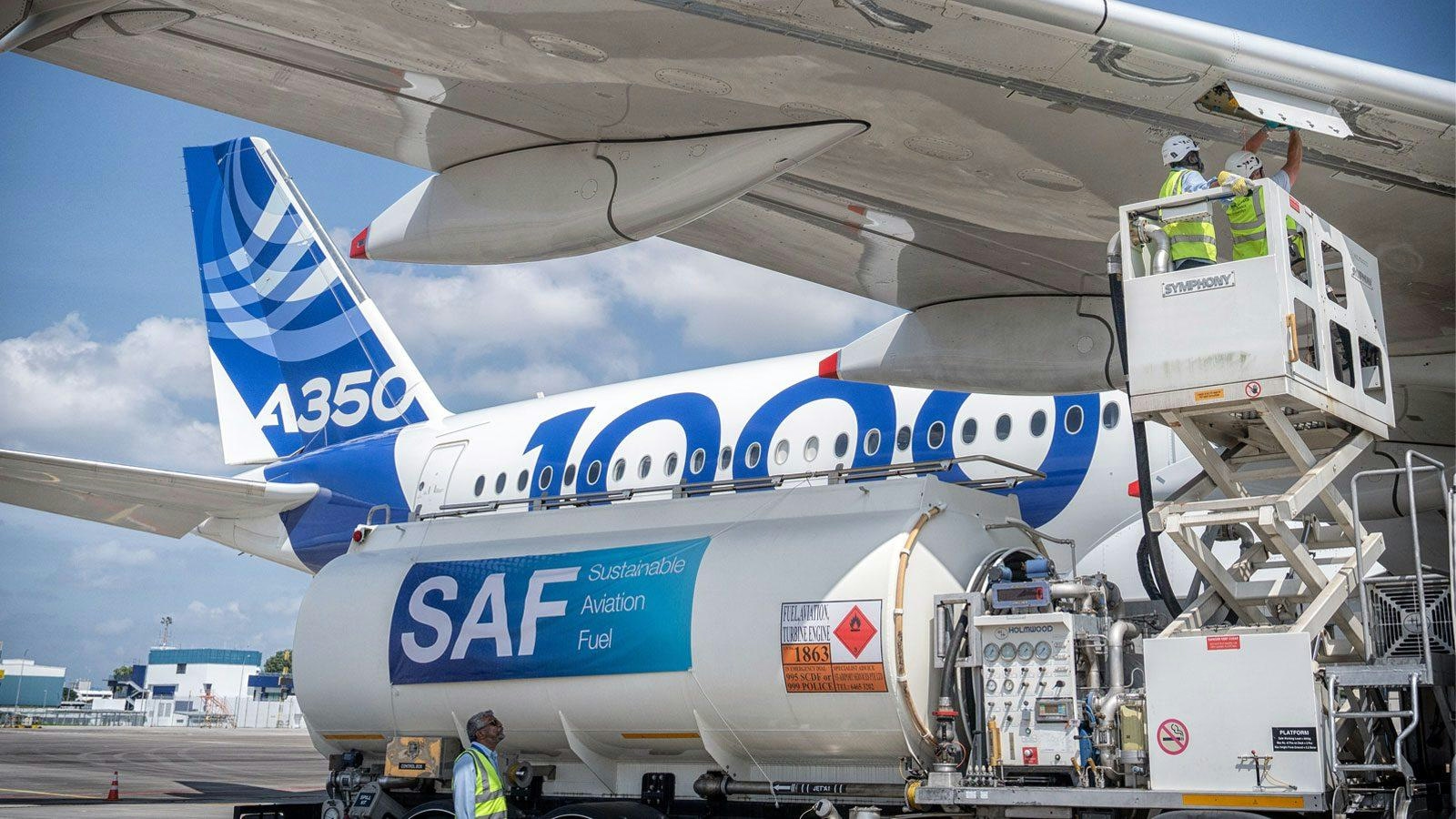
Aster and Aether Fuels Collaborate on Singapore’s First Commercial Sustainable Aviation Fuel Plant
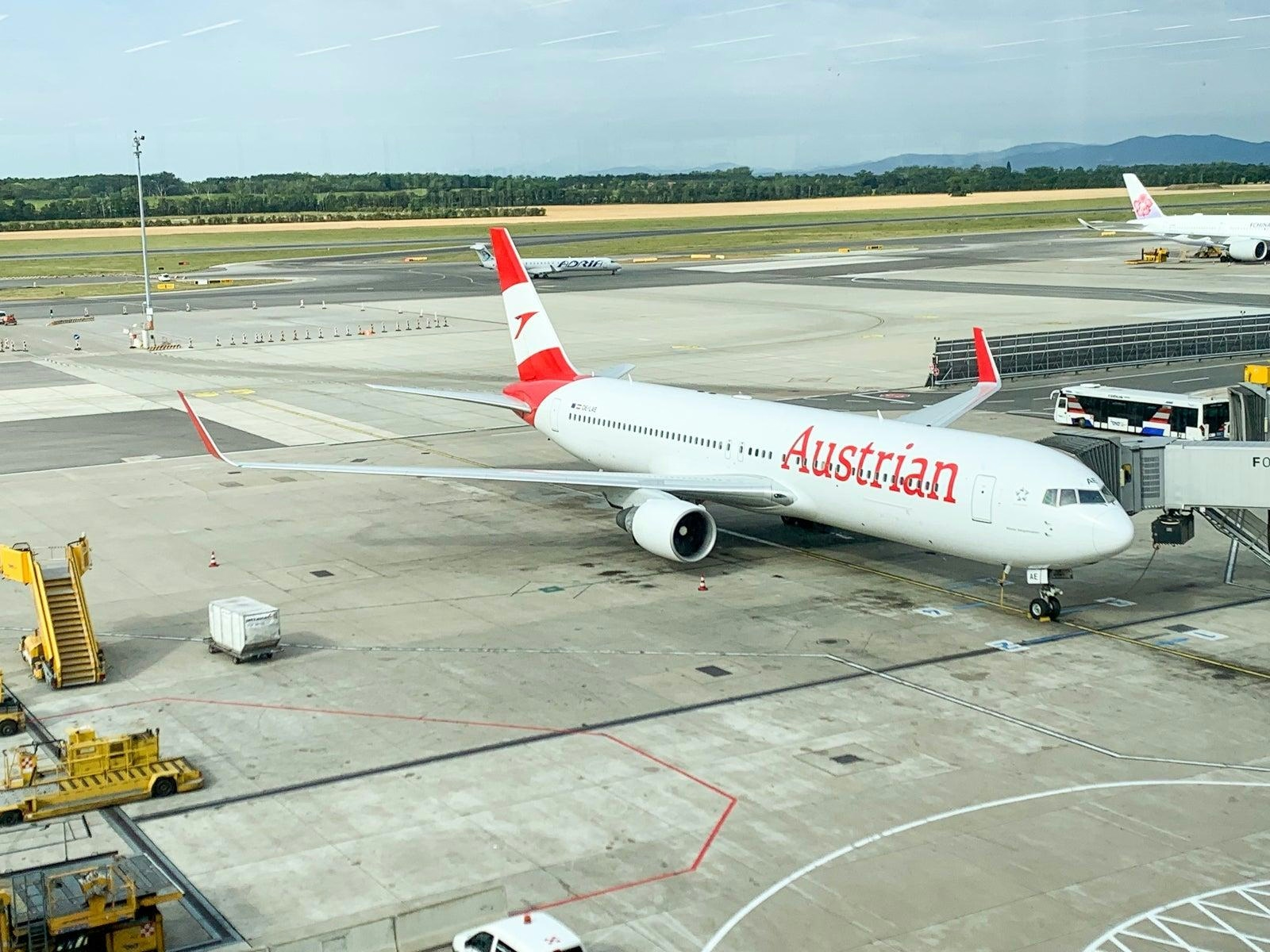
Top 10 Boeing 767 Routes in November
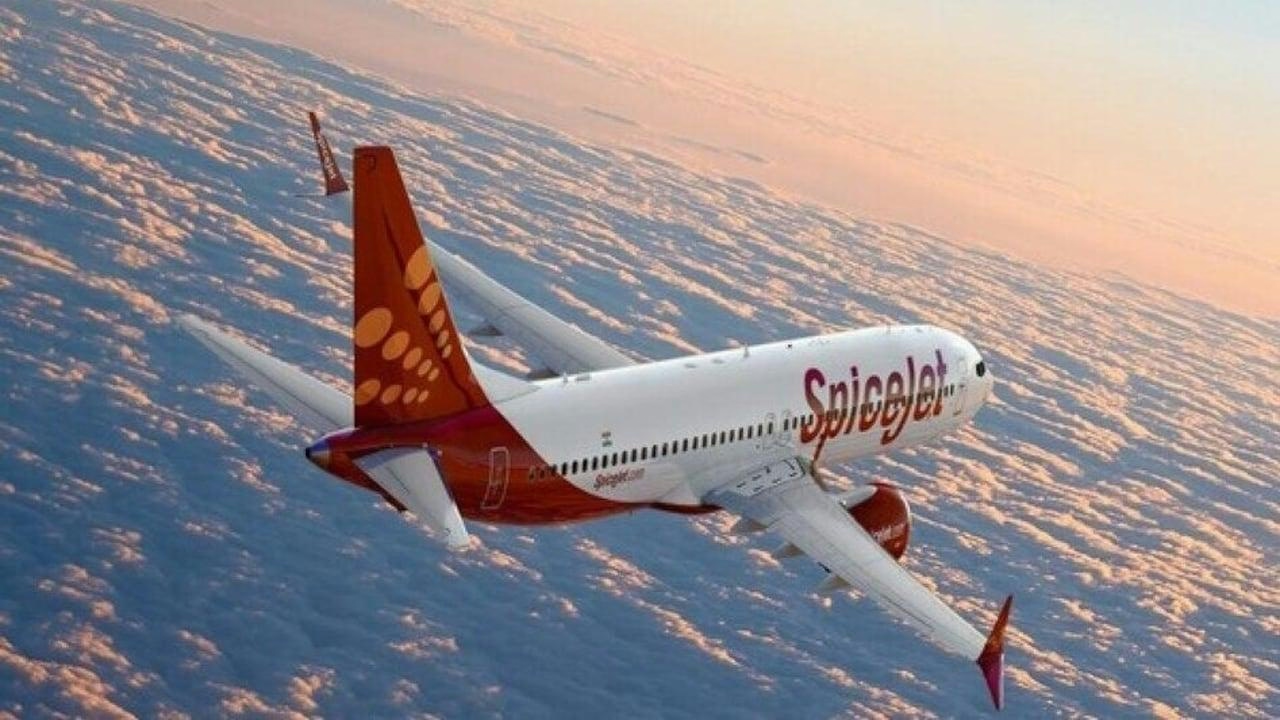
SpiceJet to Add 20 Jets Through Reactivations and Damp Leases
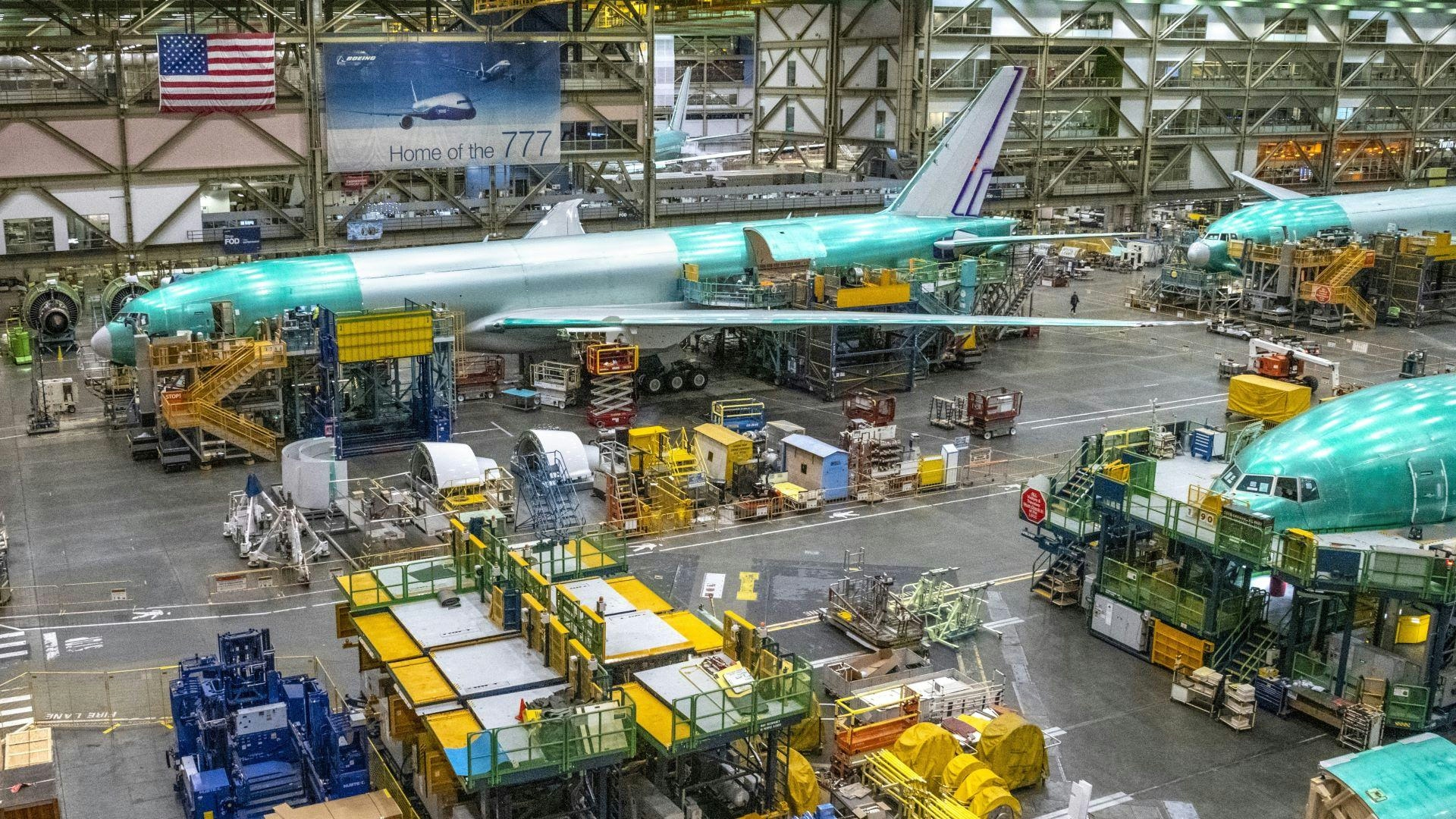
Boeing and Airbus Compete in the 2025 Widebody Aircraft Market
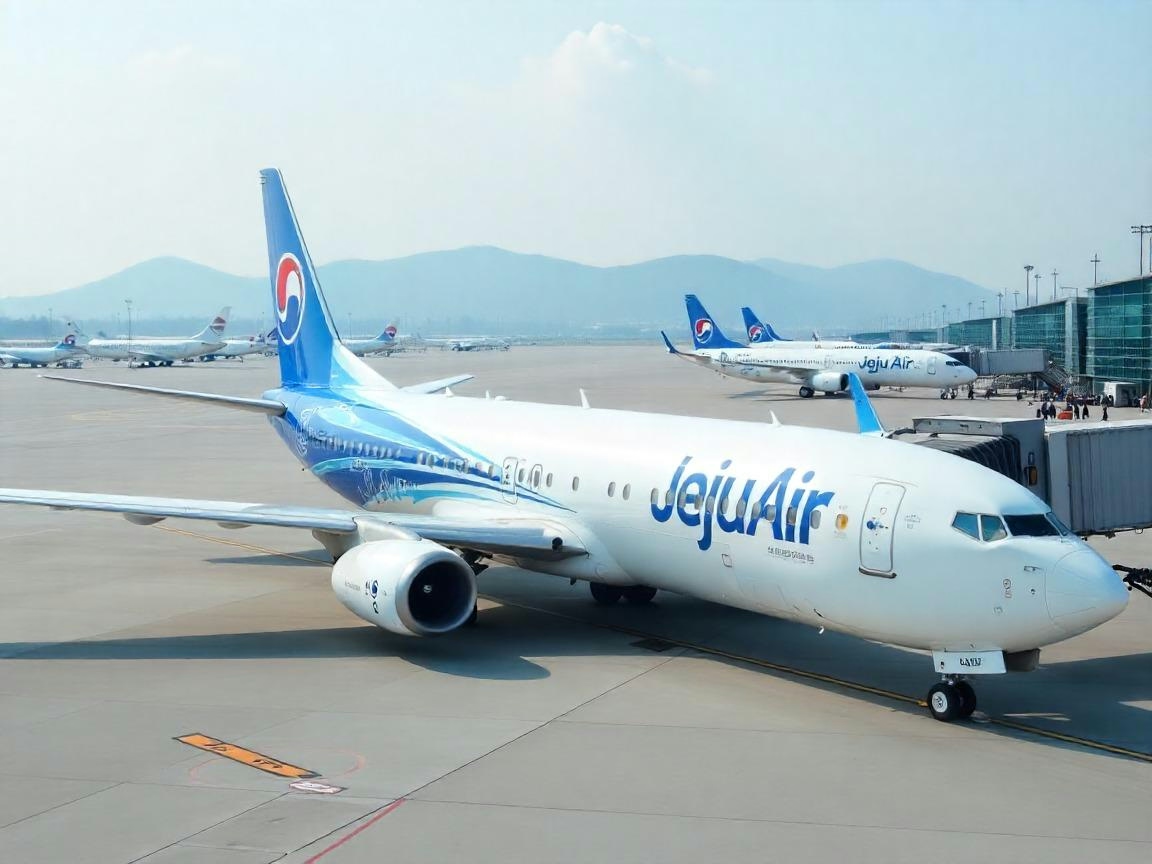
Jeju Air Reallocates Engines from Stored Boeing 737 Freighters
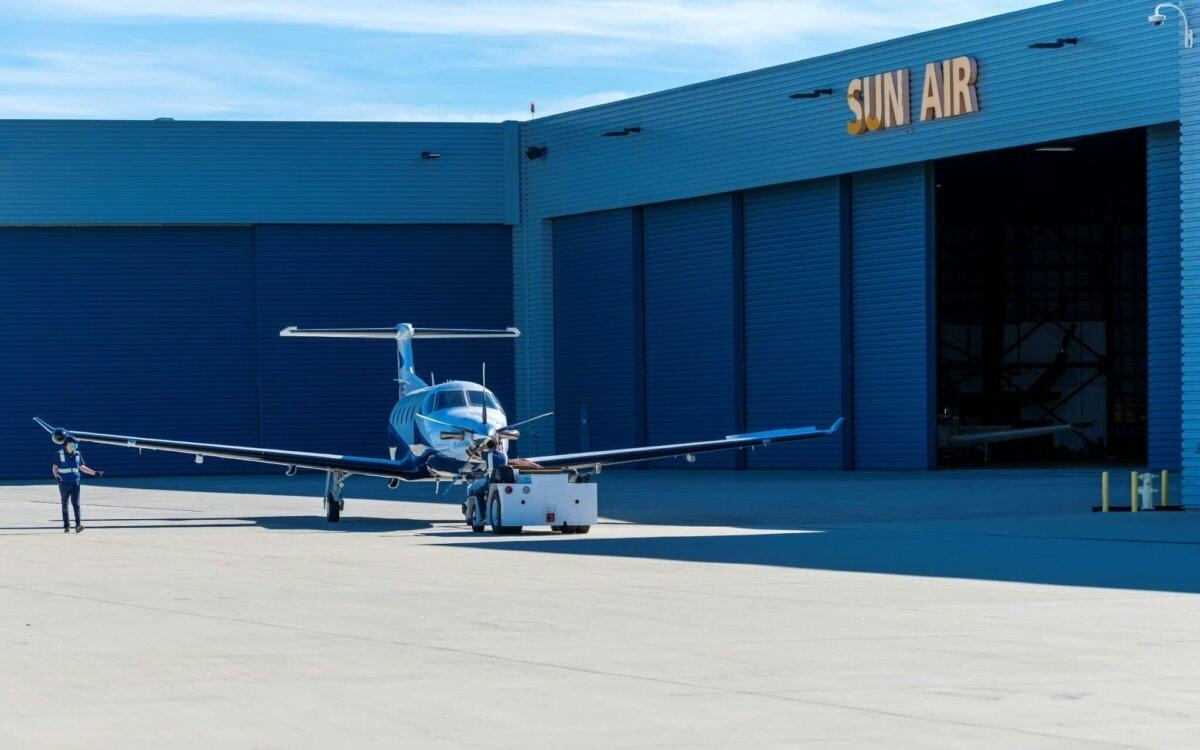
Jet Aviation Begins Operations at New FBO
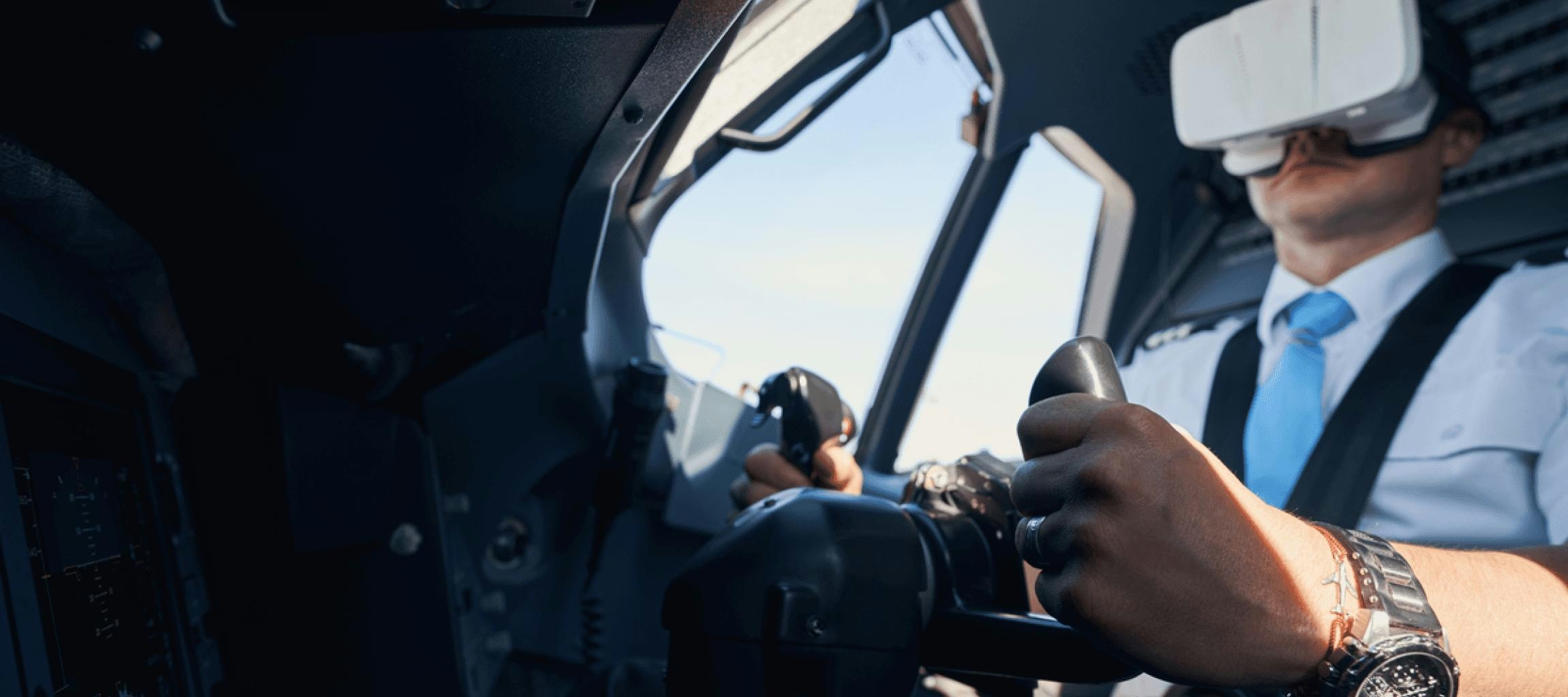
Boeing Introduces Virtual Training Tools for Pilots
